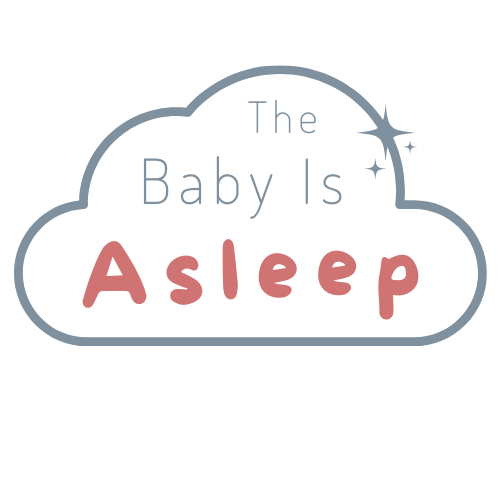How to Correct Day-Night Confusion
Have you ever heard the expression “my baby wants to party all night!”? As someone who really, really, really loves sleep, I can confirm that babies definitely do this and it’s not a fun party for anyone. ;) This is a completely common, completely fixable situation, and there’s even a technical term for it: “Day-night confusion”.
What is day-night confusion?
Day-night confusion is when your baby or child sleeps during the day, but not at night. It most often happens in newborns, because newborns do not come equipped with circadian rhythm (that’s what tells us to sleep when it’s dark and wake when it’s light!). A little baby spent 9 months in the darkness, so now we must teach them the difference between night and day!
Does day-night confusion only affect newborns?
Even in an older baby or child, it’s still possible to experience some degree of day-night confusion. You see, depending on age, little humans require a certain number of hours of sleep each day. If they get too many during the day, they won’t be able to get as much during the night. For example, if your toddler takes a 3 hour nap in the afternoon, they might fight bedtime and not fall asleep until 11:00 at night. That is a form of day-night confusion!
How to correct day-night confusion in a newborn baby
First, start off with exposing your baby to the sunlight first thing in the morning. Go outside if the weather is nice, or if not, sit near a window with the curtains open. Get plenty of activity in during the awake time. Make eye contact with your baby, get in some tummy time, and don’t tiptoe around during the day. At night, keep the nursery completely dark and quiet. We want to teach the baby by experience that daytime is for activity and nighttime is for sleeping! Dark and light also physically affect a baby’s hormones - for example, how cool is it that our bodies naturally produce more melatonin at night?
If you have a newborn 0-8 weeks, be sure to take my Free Newborn Sleep Class!
How to correct day-night confusion in an older baby or toddler
An easy-to-follow daily routine is essential for babies and toddlers. You need to know the approximate daily sleep need out of every 24 hours, according to the child’s age, and make sure that the appropriate number of hours are being divided up into naps and nighttime sleep. You can do that by getting my FREE Baby Sleep Schedule Generator below. Just like with a newborn, getting plenty of light and activity in the morning, and keeping things calm and dark in the evening, will encourage proper sleep hormone production and set the expectations of night and day for your child.

